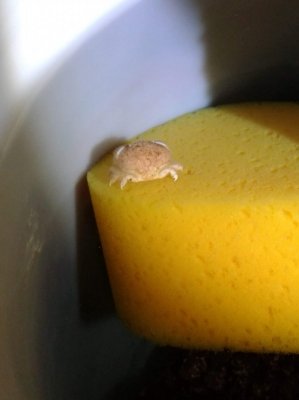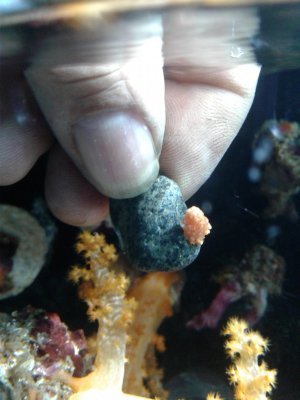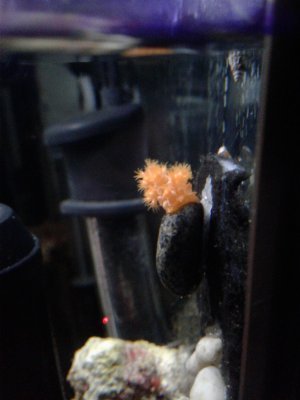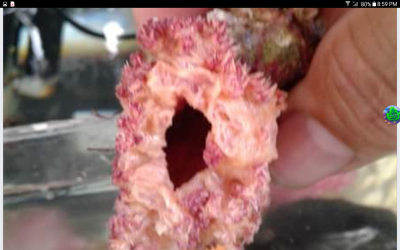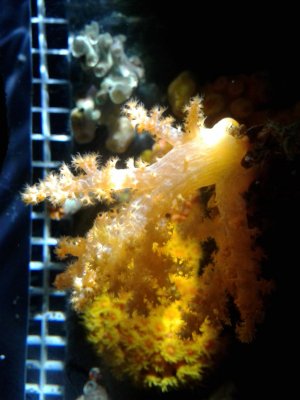- Joined
- Dec 28, 2016
- Messages
- 22,855
- Reaction score
- 21,988
After recently using a product - I will categorically say - never again. I dont think there is any way to increase 'diversity' or anything else by adding bacteria - except nitrates..... I can try to explain this more if you want - but I was just answering your oP








